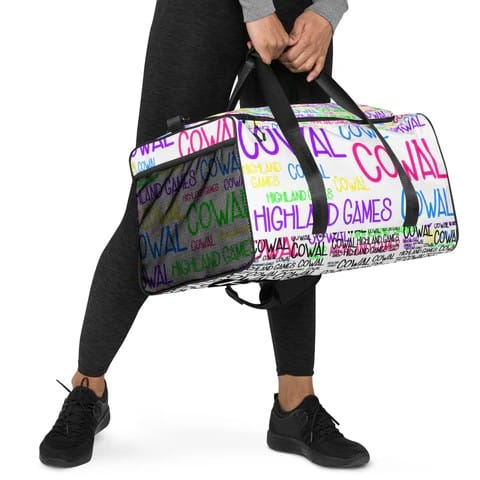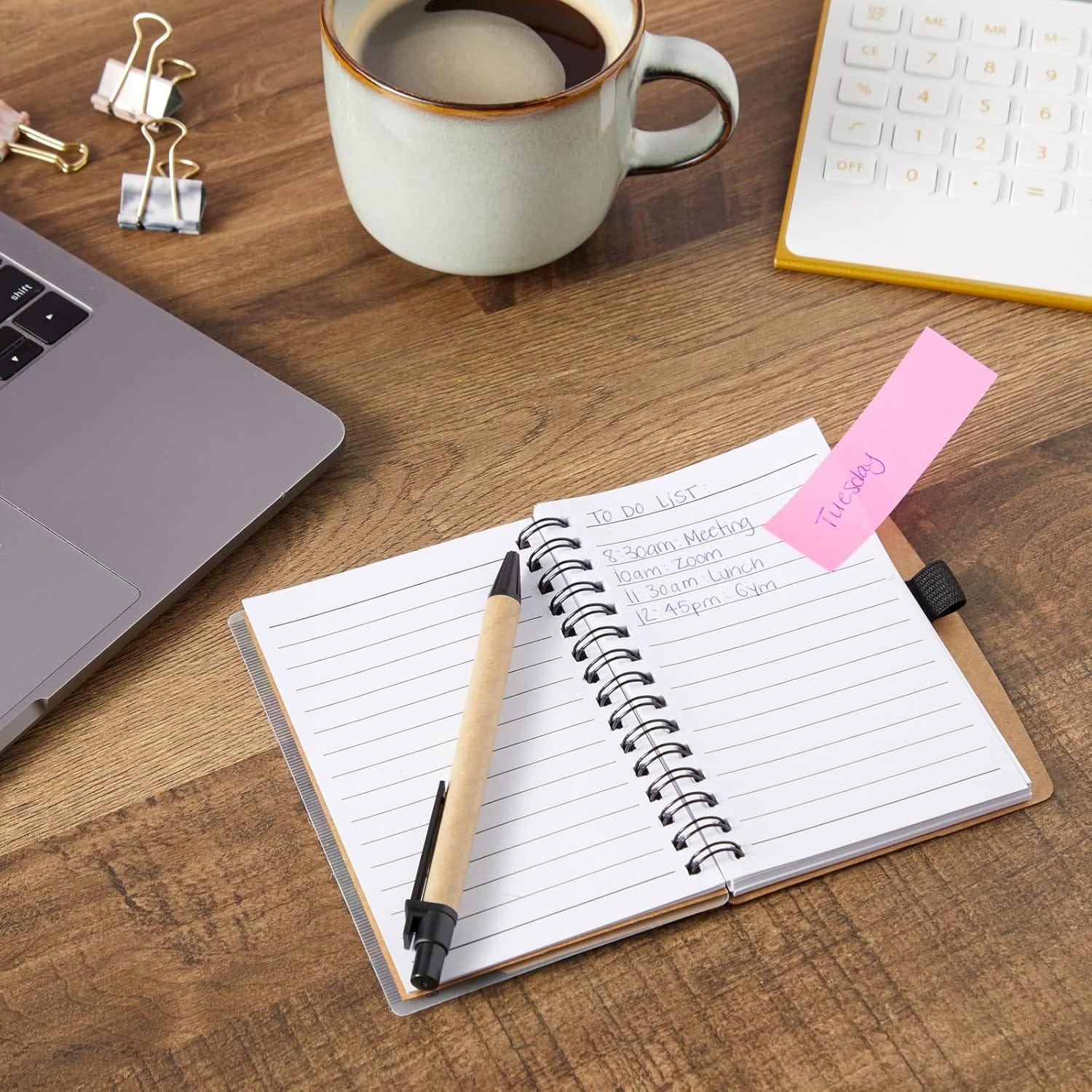
The start of a new Scottish Highland Dance season is always filled with excitement — new routines to learn, familiar friends to reunite with, and, of course, making sure you’re fully prepared for whatever the year brings. Whether you’re a new dance parent navigating terms like “ghillies” for the first time or a veteran dancer looking to refresh your kit, having the right essentials can make all the difference.
Here’s your complete (and stylish) guide to everything you need as you step back into the studio and let your passion for Highland dance soar.
1. A Dependable Dance Bag
First things first — grab yourself a sturdy dance bag. You’ll want something roomy enough to hold your shoes, socks, hair essentials, and a water bottle, but any stylish or sporty bag that reflects your personality and needs will do the trick.
2. Proper Dance Shoes (Ghillies!)
For any Scottish Highland Dance class, ghillies are non-negotiable — these soft, lace-up shoes are essential for executing intricate footwork with precision and ease. Whether you’re a beginner lacing up your first pair or a veteran looking to refresh your worn-out favorites, make sure your ghillies are in top condition before class starts. Thistle Shoes offers a range of beautifully crafted ghillies designed to keep you comfortable, supported, and looking your best as you reach for new heights in your dancing.
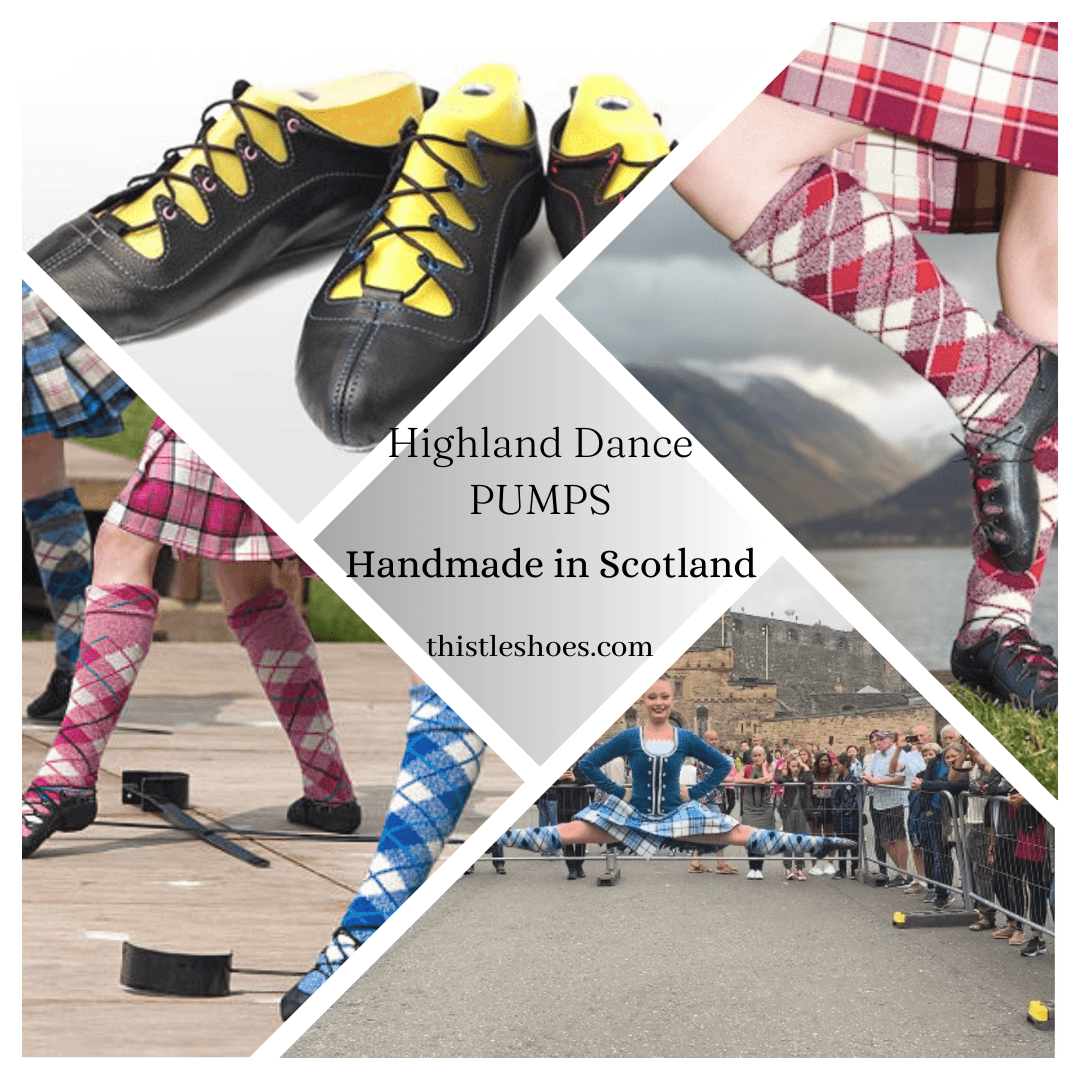
3. Your Trusty Water Bottle
Hydration is key during any high-energy Scottish Highland Dance session. Be sure to bring a water bottle that works for you — whether it’s a sleek stainless steel tumbler, a squeezable sports bottle, or something adorned with your favorite stickers. The most important thing? Staying hydrated, so you can keep your energy up and perform at your best.
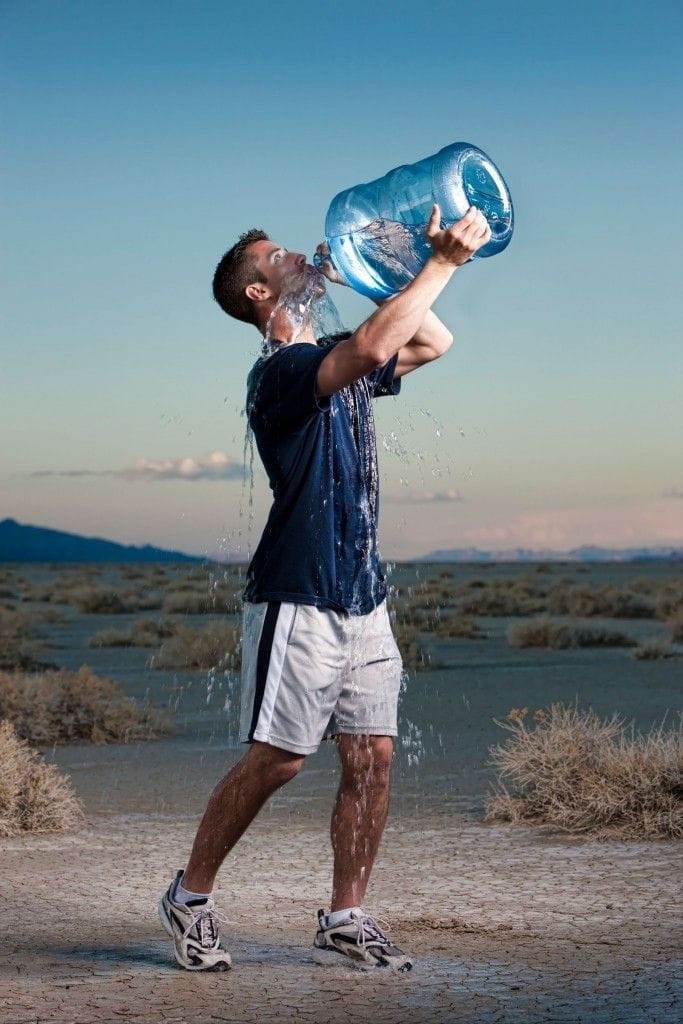
4. Dance Attire That Moves With You
YYour outfit should support movement and align with your studio’s requirements — but that doesn’t mean you can’t show a little team spirit! At many studios, dancers can wear branded apparel, from hoodies and warm-up tees to leggings, that helps foster a strong sense of community and connection.
A typical uniform includes:
- A black top (tank, tee, or bodysuit)
- Black shorts
- White knee socks
- Hair secured in a bun or neatly tied back
Affordable options can be found at your local dancewear store. Above all, make sure your attire allows you to move comfortably and perform at your best.

5. Knee Socks (Yes, They Matter!)
Yes — socks are an important part of Scottish Highland dance practice. While not a main feature of the full competitive attire, practice socks, typically knee-length and white, serve a range of practical and functional purposes. They help protect the legs from irritation and potential injuries caused by friction with the kilt or skirt, make it easier for instructors to see a dancer’s leg movements and technique, absorb sweat to keep shoes clean, provide warmth in chilly studios, and enhance overall comfort and fit — especially when wearing ghillies.

6. A Dance Notebook + Pen
Every Scottish Highland Dancer should keep a notebook dedicated to tracking practice, goals, and corrections. It’s a simple tool that has a big impact on your progress—plus, personalizing your notebook can be a fun creative activity!
7. Essential Hair Supplies
Hair in a bun? You’re going to need:
- Hairbrush and comb
- Bobby pins
- Elastics
- Hairnet
- Hairspray (and maybe gel)
- A bun form or donuts
Pro tip: keep extras in your dance bag for last-minute fixes. For step-by-step bun help, check your studio’s FAQ or instructional guides.

8. Strength-Building Tools
As you advance in Scottish Highland dance, building strength is key to taking your technique to the next level. The right tools can make a big difference in developing the muscle control, stability, and confidence you need to perform at your best. Consider adding these to your practice kit:
- Resistance bands — great for strengthening your turnout, improving flexibility, and adding resistance to your warm-up routines.
- Ankle or wrist weights — helpful for adding resistance to your movement, making your jumps more powerful and your positions more stable.
- Tennis ball — perfect for strengthening your feet and toes, developing articulation, and refining your technique.
Strong dancers are safe, confident dancers — and with these tools, you’ll be well-equipped to reach your full potential and make every step count.

9. Recovery Accessories
After a tough class or practice session, recovery is just as important as training. Some must-haves:
- Foam roller or roller stick
- Massage ball for your feet
- Athletic tape
- Heating pad or ice packs
Having these ready helps you bounce back faster and stay injury-free throughout the season.

10. Have Fun
Scottish Highland Dance class isn’t just about technique — it’s also a chance to have fun, make friends, and celebrate Scottish culture! Whether you’re a beginner or a veteran dancer, there’s a special kind of joy that comes from learning new steps, challenging yourself, and cheering on your friends. So let the music lift your spirits, enjoy every moment, and remember: Highland is meant to be as fun as it is rewarding!
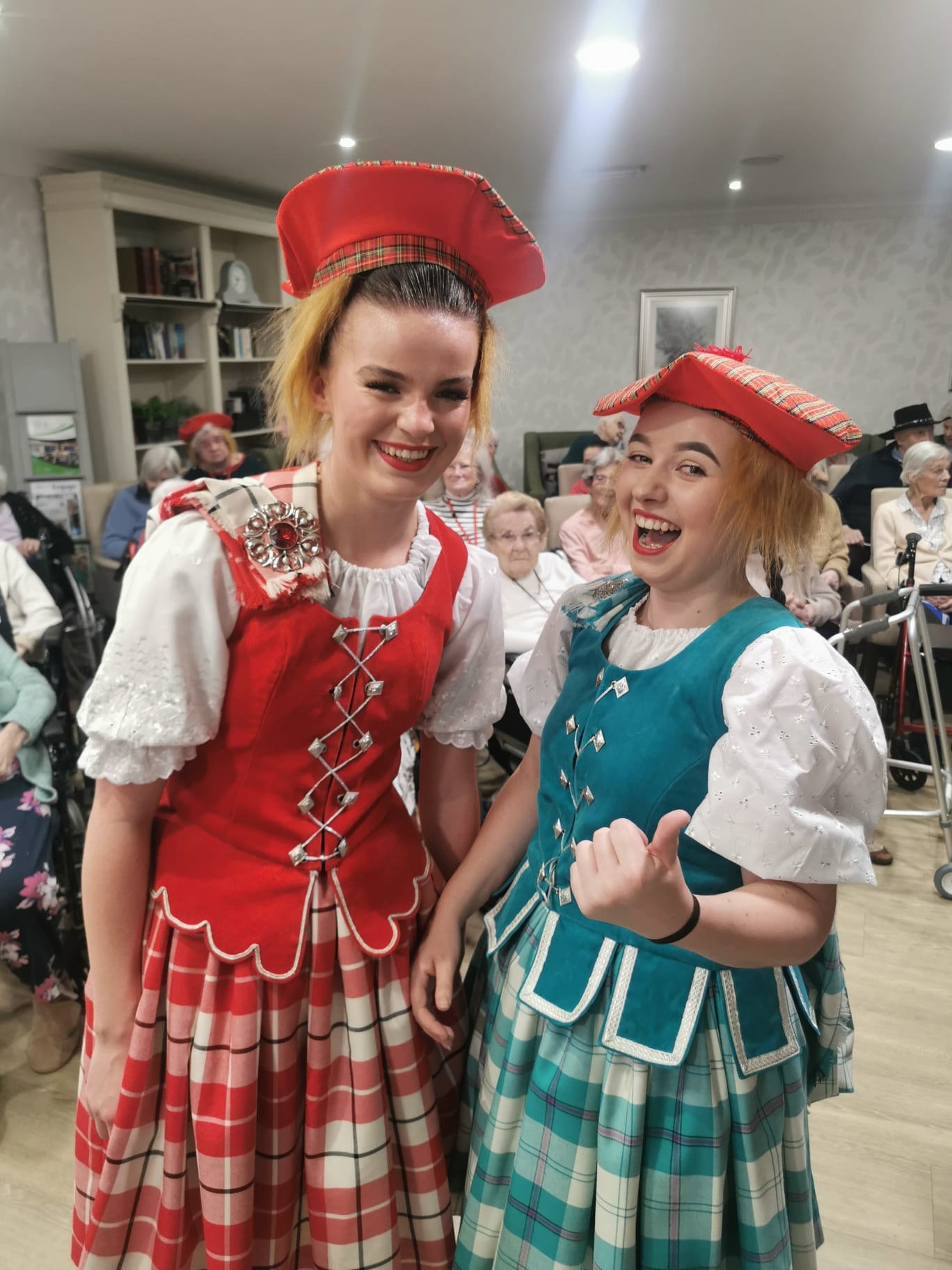
Final Thoughts
Preparing for a Scottish Highland Dance class isn’t just about shoes and socks—it’s about building habits that support discipline, wellness, and performance. With the right gear (and the right mindset), you’ll walk into the studio feeling confident and ready to tackle the season ahead—in style.
Whether you’re new to Highland Dance or getting back into the groove, make this your best season yet.
